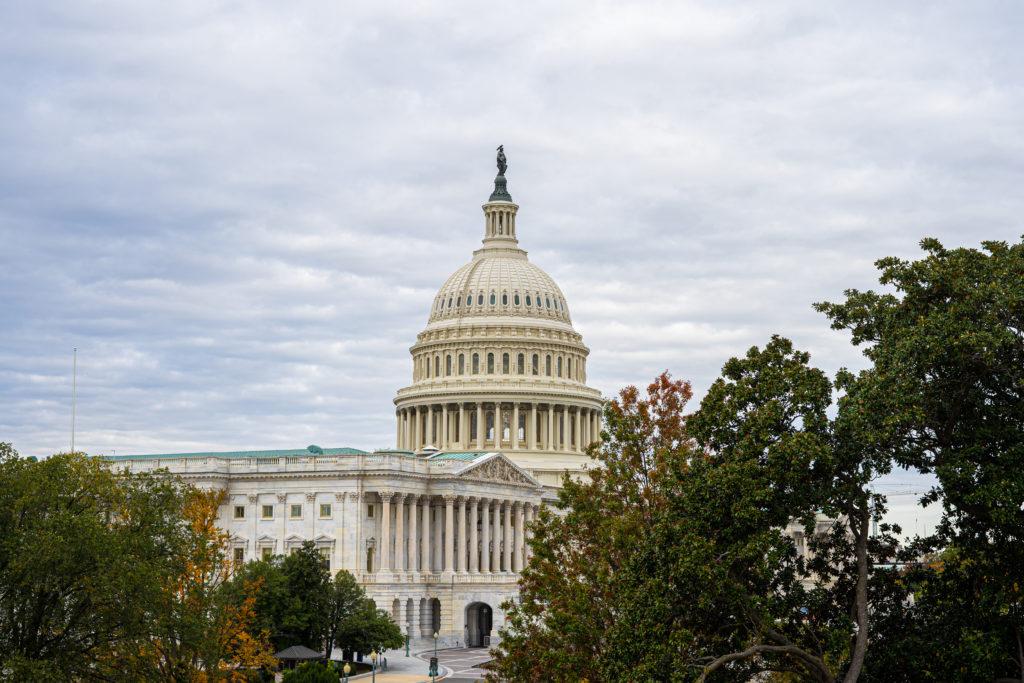GW was one of more than 100 colleges and universities that sent high school and college guidance counselors to a national college counseling conference earlier this month.
Last fall, GW and at least 135 other institutions pledged to help send high school guidance counselors to the National Association for College Admission Counseling’s annual conference in San Diego as part of a social media challenge started by an English teacher in Seattle. The initiative was aimed at bringing more counselors to the conference in hopes of spreading awareness of current programs offered and issues faced by colleges across the country.
The University selected two counselors – one from D.C. and another from California – to send to San Diego, where they were able to mingle with college admissions officers and representatives from companies like Chegg and College Board.
More than 6,000 high school counselors, college admission officers and organizations who aid students with the application and admissions process are invited to NACAC every year. It is the only national conference that brings counselors and university staff together, and those who attend say it is important for establishing relationships that can help students find best-fit colleges.
Officials declined to say how much they spent to sponsor the counselors. The University also declined to give more information about the counselors, including which high schools they serve.
Dean of Admissions Karen Stroud Felton said the University has worked with both counselors GW helped send to the conference “for a number of years.”
“We saw this as an opportunity to support colleagues from school districts that do not have extensive professional development budgets,” she said. “As a counselor gets to know a college better, the counselor is able to provide insight and information to students about whether or not a particular college could be a good fit for them.”
David Quinn, who teaches English at the Edmonds-Woodway High School in Washington, launched the challenge last October. He said many high school counselors have up to 600 students each year, and at large public schools, few dollars are left for professional development.
“They’re dealing with every imaginable socioeconomic and emotional issue young people deal with. And they’re trying to get them into college,” he said.
At the conference last fall, Quinn and other attendees noticed that public high school counselors were underrepresented. He asked colleagues at two colleges – one was Bates College in Maine – to commit to paying for one high school counselor in their district to attend NAPAC in 2015.
The public high school graduation rate in D.C. is 64 percent, a significant increase from the last several years, but still 17 points below the nation’s average. City officials have invested in elective and college-level courses for high school students across the District, and are more closely monitoring students’ trajectories through high school.
The initiative is another way the University is trying to help local students attend college. Last year, GW admissions staff members went to Eastern Senior High School to help students fill out college applications. Staff were also each assigned a local high school in order to establish a dialogue and connection between the two parties.
“It’s about working to serve the students in the community you live in,” Quinn said. “GW isn’t sitting in a desert. It’s not on an island. It does have responsibility locally and it stepped up to the plate.”







